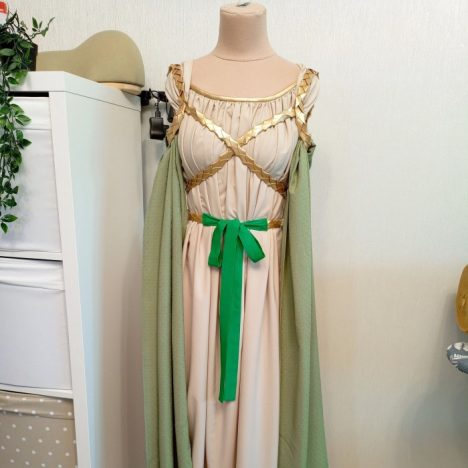Contents
Introduction
Embodying the essence of Persephone through a costume presents a fascinating opportunity to immerse oneself in Greek mythology. The Persephone costume, in particular, captures a duality that resonates with many. Known as both the goddess of spring and the queen of the underworld, Persephone embodies beauty, strength, and complexity. Traditionally, she has served as a symbol of life, death, rebirth, and transformation.
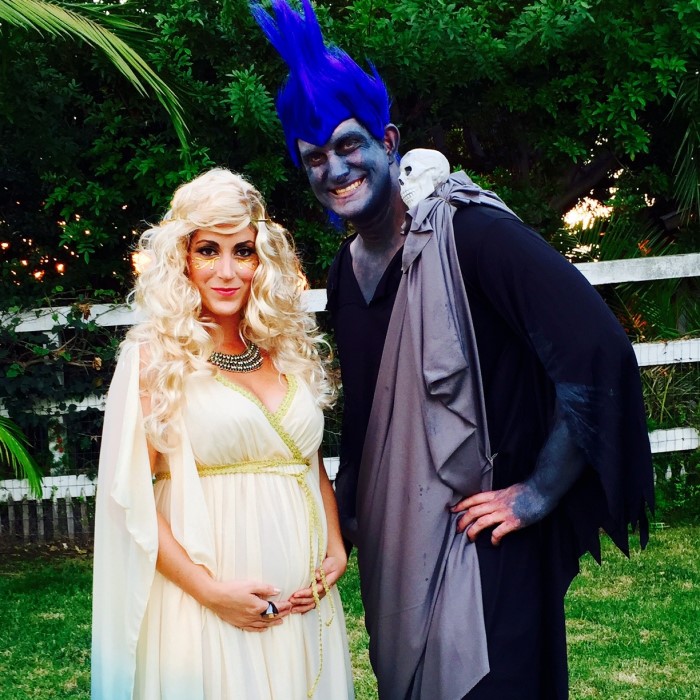
In recent years, a surge of interest in mythology has inspired individuals to embrace characters like Persephone not just in literature but also through creative reimagining in costume design. In this blog, we will delve into the distinctions between classic and modern interpretations of the Persephone costume, which will help you choose the right style for your next event—be it Halloween, cosplay, or a themed party.
The Rich History of Persephone: Inspiration for Your Costume
Before diving into various costume styles, it’s essential to understand the character of Persephone and her significance in Greek mythology. As the daughter of Demeter, the goddess of the harvest, Persephone played a pivotal role in agricultural cycles. When abducted by Hades, the god of the underworld, her mother’s grief caused the earth to wither, leading to the establishment of the seasons. Persephone’s journey between these two worlds symbolizes the changing seasons—her ascent signifies spring’s arrival, while her descent marks the onset of winter.
Understanding this background can inspire elaborate costume choices. Characters inspired by mythology often benefit from thoughtful design elements. For example, classic representations of Persephone might include floral themes symbolizing spring, while modern versions might embrace more playful interpretations that reflect a contemporary twist.
Timeless Elegance
1. Key Characteristics of the Classic Persephone Costume
The classic Persephone costume typically features flowing fabrics, regal colors, and intricate designs reminiscent of ancient Greek attire. Traditional Greek clothing often includes garments like togas, chitons, or peplos, which drape elegantly on the body. These types of clothing not only look stunning but also embody the aesthetics of Greek mythology and history.
2. Fabric Choices
When thinking about fabric, opt for materials that mimic the elegance of ancient garments. Silk, chiffon, and satin can help achieve a classic look as they drape beautifully and catch the light. Choosing colors like rich greens, soft pinks, or vibrant floral patterns can evoke the imagery of spring and symbolize Persephone’s connection to rebirth and growth.
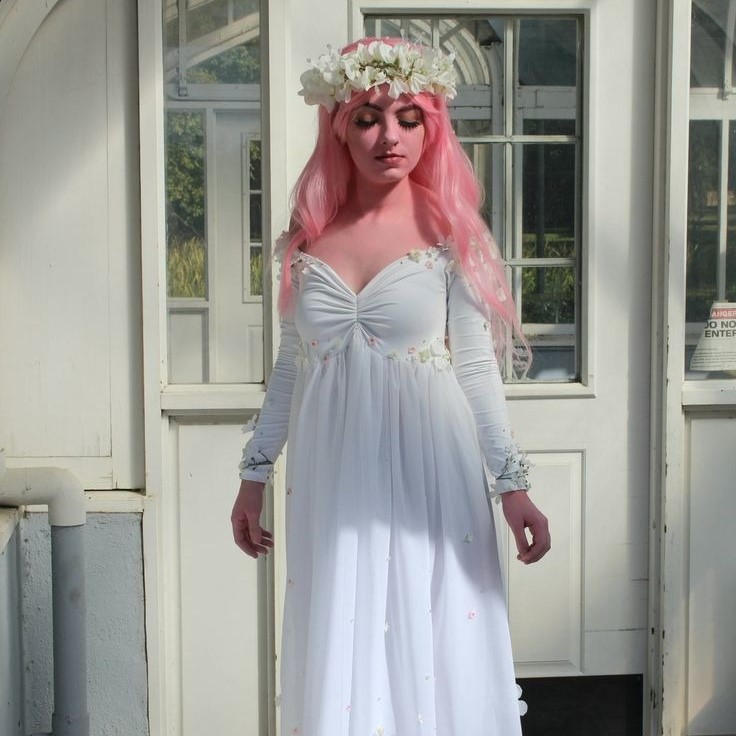
3. Iconic Symbolism
A classic Persephone costume can be enriched by incorporating symbolic elements. For instance, incorporating a pomegranate prop is effective, as it represents both Persephone’s connection to the underworld and her role in the cycle of life and death. Additionally, floral crowns made from real or faux flowers enhance the outfit’s beauty while linking to Persephone’s identity as a goddess of spring fertility.
4. Historical Accuracy
Making efforts towards historical accuracy can also elevate the costume. For a truly authentic vibe, consider designing the costume using patterns inspired by fabrics used in ancient Greece. Researching traditional Greek styles can offer insight into various draping techniques, leading to a more realistic interpretation of Persephone’s classic look.
5. Footwear Options
When choosing footwear to accompany the classic Persephone costume, consider elegant sandals reminiscent of ancient Greece. Strappy sandals in neutral tones or golden hues provide both comfort and style. This attention to detail, including shoe choices, further immerses you in the character of Persephone.
Modern Interpretations
1. Characteristics of Modern Styles
Modern interpretations of the Persephone costume cater to fashion-forward individuals willing to adapt the character’s essence to contemporary styles. Modern designs often incorporate various elements that reflect today’s fashion trends. For instance, you might find dresses with bold prints, asymmetric hemlines, or even dresses that feature cutouts, allowing for both comfort and a chic edge.
2. Emphasis on Individuality
One of the key shifts in modern interpretations is the emphasis on individuality. While classic styles tend to focus on historical accuracy, modern designs allow wearers to express their personalities. You can add a personal twist by combining pieces that resonate with your sense of style, making the outfit truly yours.
3. Popular Culture Influence
In the age of social media and pop culture references, modern Persephone costumes frequently draw inspiration from movies, television series, or graphic novels interpreting her character. For example, you might create a costume that mirrors Persephone’s representation in popular adaptations, adding a trendy flair that appeals to current cultural movements.
4. Accessorizing for Impact
Adding modern accessories can elevate your Persephone costume. Bold makeup, including glitter and vibrant lip colors, can enhance your look. Consider statement jewelry—oversized earrings or layered necklaces can add a contemporary touch while still feeling appropriate for the character. Additionally, playful props like mini pomegranates or artificial flowers can serve as fun visual aids.
5. Layering and Versatility
Importance of Layering in Costume Design
- Enhancing Style: Layering is a powerful technique in costume design that allows for greater versatility and style. By incorporating multiple garments, you can create dynamic looks that adapt to different settings and temperatures.
- Functionality: In modern styling, layering isn’t just about aesthetics; it also adds functional benefits. For instance, wearing additional layers can provide warmth during colder events, ensuring comfort without sacrificing style.
Choosing Complementary Pieces
- Stylish Jackets and Cardigans: Pairing your costume dress with stylish jackets or cardigans can elevate the overall outfit. Choose pieces that complement the color and theme of your costume, such as a fitted leather jacket for a modern twist or a flowing cardigan for a soft, whimsical feel.
- Textured Fabrics: Opting for outer layers made from different textures—such as denim, knit, or faux leather—can add depth to your look. This variety enhances visual appeal and allows the costume to stand out in a crowd.
Creating Visual Interest with Contrast
- Play with Silhouettes: The contrast between the layers can create interesting silhouettes. For example, a fitted jacket over a flowing dress emphasizes the dress’s movement while keeping the outfit structured.
- Color Coordination: When layering, consider using a mix of colors that complement each other. A bold-colored outer layer can provide a striking contrast to a softer dress, making the overall look more eye-catching and unique.
Practicality for Different Occasions
- Adapting to Weather Conditions: One of the significant advantages of layering is the ability to adjust your outfit to suit varying weather conditions. Layers can be added or removed easily, allowing you to stay comfortable whether the temperature drops or the event takes place indoors.
- Transitioning from Day to Night: Layered costumes can transition seamlessly from daytime events to evening gatherings. Simply removing a layer or switching to a different jacket can instantly alter the look, making it more suitable for different occasions.
Individual Expression Through Layering
- Personal Style Choices: Layering offers an excellent opportunity for individuals to express their personal style. Mix and match different garments to curate a costume that reflects your taste and personality, whether it leans towards classic elegance or modern chic.
- Accessorizing Layers: Don’t forget to accessorize your layers with scarves, belts, or statement jewelry. These elements can further enhance the completeness of the costume and add unique stylistic touches that make it truly yours.
Choosing the Right Style: Classic vs. Modern
1. Assessing Your Target Audience and Purpose
When deciding between a classic and modern Persephone costume, consider the event and the audience. For theatrical performances or historical events, classic styles may be more fitting. However, for a fashionable costume party or a casual gathering with friends, modern interpretations allow for more flexibility and fun.
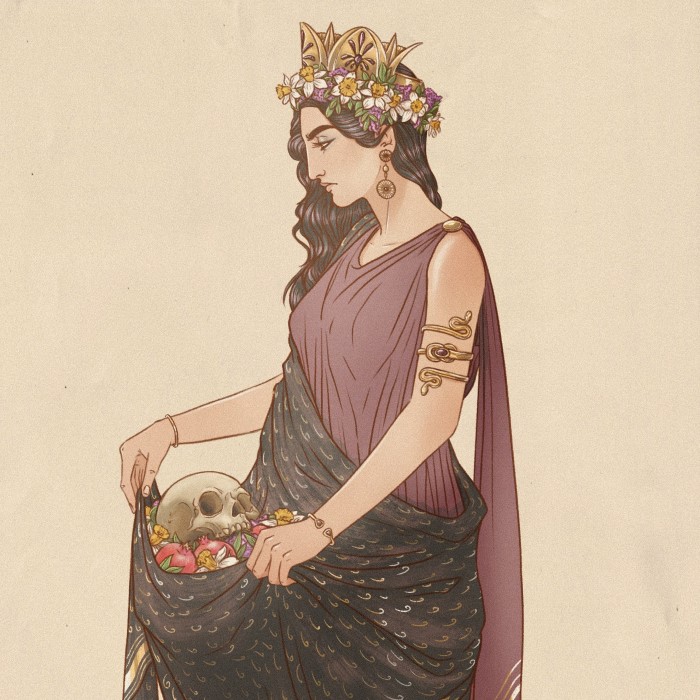
2. Comfort and Wearability
Comfort plays a vital role in your costume choice. Classic styles often feature flowing garments that can be lightweight and breathable, whereas modern styles sometimes incorporate fitted elements or structured designs. Assessing comfort based on the style’s construction will enable you to choose an outfit you can enjoy wearing throughout the event.
3. Personal Preference and Style
Ultimately, personal preference drives the decision-making process. Are you drawn to historical aesthetics, or do you prefer a fresh, contemporary vibe? Thinking critically about your style can guide you toward the version of the Persephone costume that feels authentic to you.
4. Experimentation and Adaptation
There’s no need to limit yourself strictly to one style according to traditional categories. Consider mixing elements from both classic and modern interpretations for a unique and personalized take on the Persephone costume. Such experimentation can make your outfit stand out while ensuring you remain true to your vision of the character.
Frequently Asked Questions
What would Persephone wear?
Persephone is often depicted wearing flowing dresses, typically in shades representing nature, such as greens and soft floral patterns. Traditional Greek designs, like chitons or embellished gowns, align closely with her character, showcasing her duality as both a goddess of spring and a queen of the underworld.
What objects represent Persephone?
Several objects symbolize Persephone, with the most notable being the pomegranate. This fruit signifies her connection to the underworld and the balance between life and death. Flowers, particularly spring blooms, also represent her identity as a life-giving goddess, embodying the renewal associated with spring.
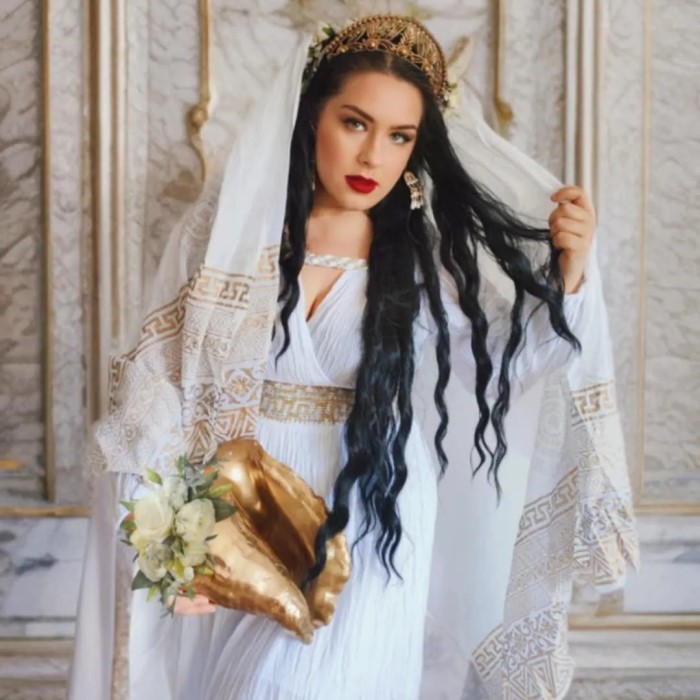
Who did Persephone have a crush on?
Persephone’s primary relationship is with Hades, the god of the underworld. Although initially characterized by conflict due to her abduction, the narrative evolves, revealing complexities in their relationship. Various interpretations also allude to connections with other figures in mythology, showcasing Persephone’s depth.
Why did Persephone hate Hades?
Initially, Persephone’s feelings toward Hades were characterized by resentment after her abduction. This animosity stemmed from forcibly leaving her life and home. Over time, however, their relationship evolves, highlighting themes of understanding, fulfillment, and balance, as both characters develop deeper emotional connections.
Conclusion
In conclusion, the journey of selecting a Persephone costume opens a world of creative possibilities, whether you lean toward classic elegance or modern flair. Understanding the character’s rich mythology enhances the costume experience, allowing you to connect with Persephone on a deeper level.
By exploring the differences between classic and modern styles, you can decide which interpretation best fits your needs and preferences. Consider your target audience, comfort, and individuality when making this choice. As you seek out or create your Persephone costume, let your passion for mythology guide your decisions, allowing you to embody the essence of this powerful goddess.
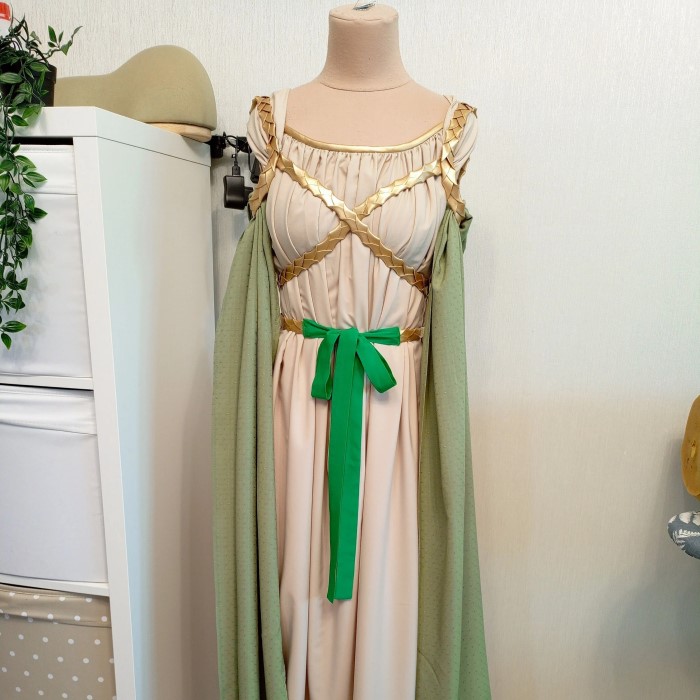
Whichever style you choose, remember that the most important aspect is how you feel in the costume. Embrace your creativity and have fun as you channel the spirit of Persephone, bringing this captivating figure from Greek mythology to life in a unique and memorable way.
